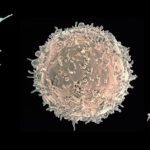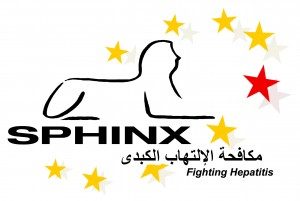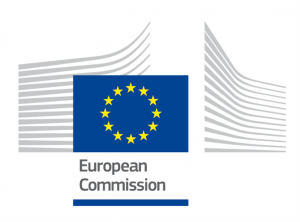About

Biomarker discovery
We are interested in the discovery of biomarkers that can be used to guide the clinical management of patients, and can also inform us about basic disease pathogenesis. The lab’s interest in this field began with Hepatitis C virus which resulted in the important observation that CXCL10 (IP-10) could be post-translationally modified by the enzyme DPPIV into an antagonist molecule, which crucially had strong clinical predictive power. This observation is being extended through the study of additional chemokines and their post-translational modifications and we have applied our approach to other disease settings.
HCV consortium
Hepatitis C virus (HCV) is estimated to infect 170 million people, 3% of the world’s population. The World Health Organization has referred to HCV as a “viral time bomb,” as chronically infected individuals are at risk for developing cirrhosis, hepatocellular carcinoma (HCC) and non-Hodgkin’s lymphoma. Despite the recent approval of highly effective therapies (protease inhibitors that directly target the virus), their high cost makes it prohibitive for widespread use in resource limited settings where they are most needed. Novel strategies are still required for both identifying infected individuals as well as tailoring treatment regimens. We have forged a number of European collaborations with academia and industry, focusing recently on the development and implementation of point of care based biomarker tests.
- PoC HCV
This 3 year programme, starting from September 2013, aims at developing point of care (PoC) predictive and prognostic tests that will enable tangible improvements in the health and quality of life of chronic hepatitis C patients PoC-HCV will capitalize and translate promising discoveries made in the context of the SPHINX FP7 project which identified biomarkers useful in the management of patients infected by hepatitis C virus. This Consortium federates the expertise of three SMEs (Epistem, Qlucore, Biosurfit) and one academic partner (Inserm), having a shared commitment to establish a stable, long-term mechanism to support “genetic-protein” biomarker development for the implementation of predictive and prognostic tests. Point-of-Care (PoC) medical devices have the potential to revolutionize clinical practice. Epistem & Biosurfit have developed genetic and protein PoC devices to deliver on this promise. Results from these enabling technologies will be integrated using novel bioinformatics tools and algorithms (Qlucore) allowing for bedside analysis. We will focus on two public health problems: (i) addressing the need to predict, pre-treatment, individuals in resource poor countries who will benefit from conventional treatment; and (ii) helping to limit treatment costs globally, where new therapies for HCV are anticipated to significantly increase health care expenditures.
- The SPHINX Consortium
The SPHINX Consortium identified novel biomarkers to provide new insight into the mechanisms of spontaneous clearance of hepatitis C virus (HCV) during the early stages of acute infection. Specifically, the Sphinx Consortium used “-omics” or hypothesis-generating approaches to perform:
- multi-analyte profiling of plasma analytes;
- characterization of HCV-specific cellular immune responses during the clearance phase; and
- assessment of genetic and epigenetic variations that predict viral clearance.
In addition Sphinx provided training opportunities for young scientists from Mediterranean and North African countries through lab exchanges and a 2 week Clinical Epidemiology and Biomarker Discovery workshop. The long term impact from Sphinx was to have Hepatitis C genotype 4 (the predominant genotype in Egypt) recognized as a neglected infectious disease, and the application of our biomarker discoveries onto point of care diagnostic tests in the follow on project PoC-HCV. For more information, please go to http://www.sphinx-hcv.eu
Most of the work on HCV has been realized through collaborations with hospitals in France (AP-HP Hôpital Cochin, AP-HP Hôpital Henri Mondor, Centre Hospitalier Intercommunal Créteil, Centre Hospitalier Victor Dupuy (Argenteuil)) and in Egypt with the teams of Arnaud Fontanet (Institut Pasteur, Paris), TMRI (Cairo, Egypt), Cairo University and Ain Shams University (Cairo, Egypt). This work has been possible thanks to the continuous support of ANRS and the EC FP7 programme, and the commitment of two epidemiologists to fight hepatitis C in Egypt – Dr Arnaud Fontanet (Institut Pasteur, Paris) and Prof Mostafa K Mohamed (Ain Shams University, Cairo).










